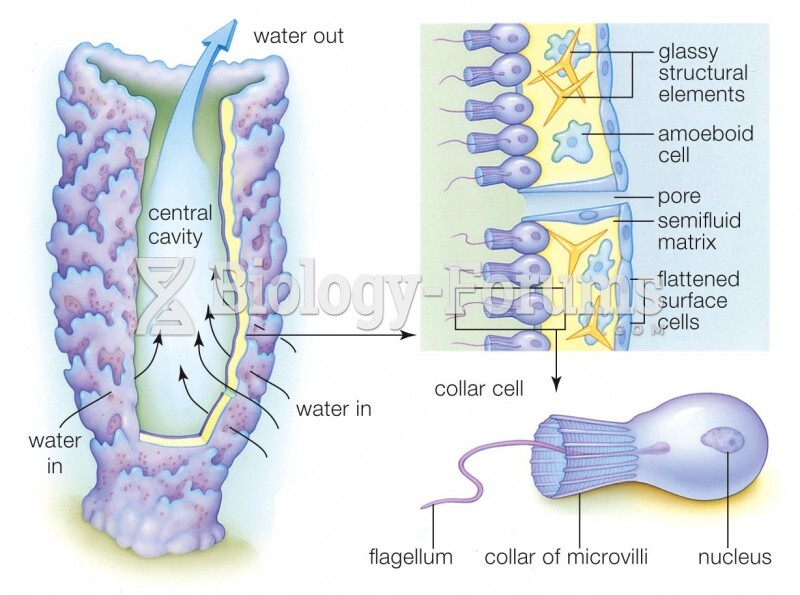|
|
|
According to animal studies, the typical American diet is damaging to the liver and may result in allergies, low energy, digestive problems, and a lack of ability to detoxify harmful substances.
Bisphosphonates were first developed in the nineteenth century. They were first investigated for use in disorders of bone metabolism in the 1960s. They are now used clinically for the treatment of osteoporosis, Paget's disease, bone metastasis, multiple myeloma, and other conditions that feature bone fragility.
Automated pill dispensing systems have alarms to alert patients when the correct dosing time has arrived. Most systems work with many varieties of medications, so patients who are taking a variety of drugs can still be in control of their dose regimen.
It is difficult to obtain enough calcium without consuming milk or other dairy foods.
Eating carrots will improve your eyesight. Carrots are high in vitamin A (retinol), which is essential for good vision. It can also be found in milk, cheese, egg yolks, and liver.
 An adult male killer whale with its characteristic tall dorsal fin swims in the waters near Tysfjord
An adult male killer whale with its characteristic tall dorsal fin swims in the waters near Tysfjord
 Bones change radically in size and shape from newborn to adult, as these cervical vertebrae demonstr
Bones change radically in size and shape from newborn to adult, as these cervical vertebrae demonstr





